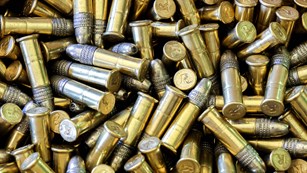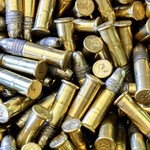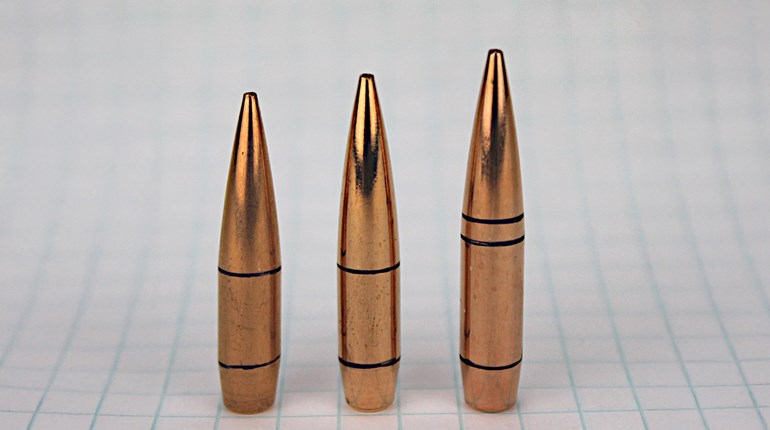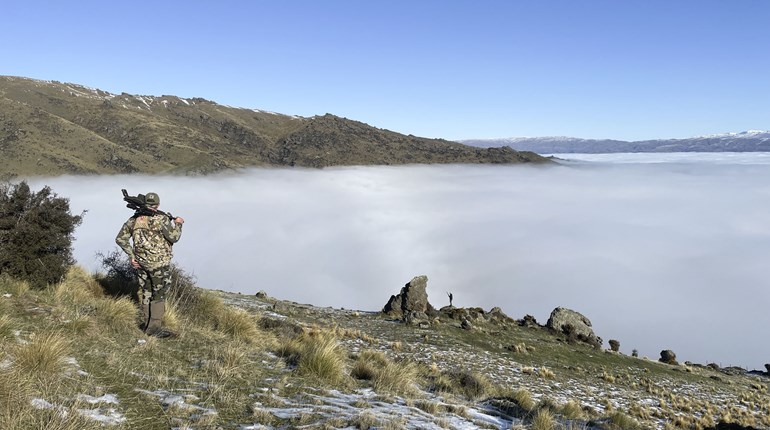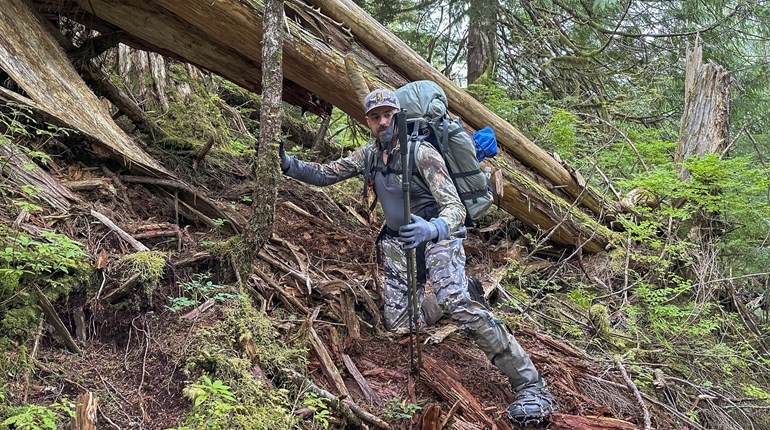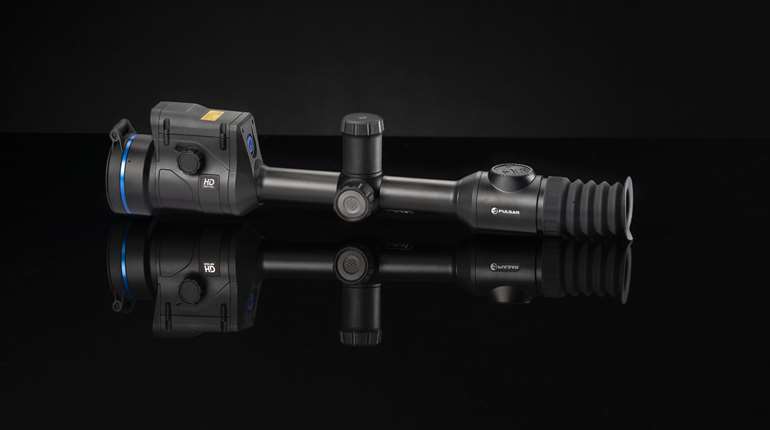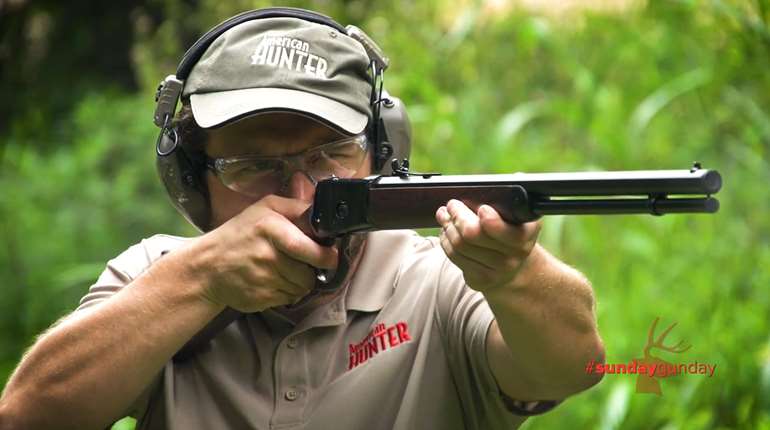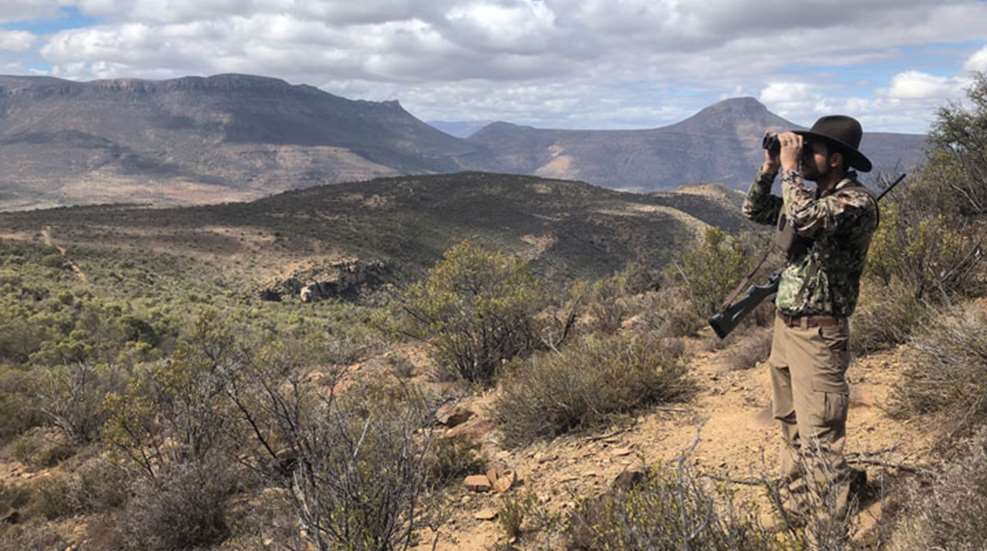
The air was clear and cool, the scent of parched desert vegetation adding spice. A rich orange-magenta glow announced the arrival of dawn in the east, backlighting a huge Camelthorn tree that reached its skeleton arms toward the sky.
Perched in the back of the quintessential African Land Cruiser we huddled against the morning chill. The Cruiser growled its way toward the mountains we would climb as the sun rose, to search for a mature kudu bull. It was my first African safari. I’d been sleeping in grass-thatched huts, eating wild African meat grilled over open fires, and doing my best to soak up what, for me, was a dream hunt I never really thought I’d get to do.
As American hunters, many of us will save for months, or years, to go on a Western elk hunt, Canadian moose hunt or Alaskan caribou hunt. A lot of us also dream of going on an African plains game safari, but tight budgets, fear of international travel, and not knowing how to start prevent us from realizing that dream. That’s a crying shame, because, while it can be daunting to arrange, a safari is very doable for most working-class Americans. It’s also surprisingly affordable, if approached correctly. Here’s how to make your own dream hunt in Africa come true.

Make a Plan
The first step toward turning your dream into reality is developing a simple plan, then setting that plan in motion.
Start saving: Most blue-collar Americans, including myself, don’t possess the funds to just up and go to Africa, so set up a savings account and start paying into it each month. I’ll go into more detail below.
Do Your Research: Africa offers myriad different safari experiences. You can hunt free-range game on foot from tent camps, or high-fence areas teeming with game you can shoot from the truck, or anything in between. You can go on safari from the populated suburban districts of South Africa, to the untamed wild lands of Mozambique. I used an online Outfitter-direct booking agency called "Book Your Hunt" to help research and book my hunts. They were awesome.
Personally, I prefer free-range hunting. It may be a bit more challenging, but I like it that way. South Africa’s Eastern Cape offers good some good free-range opportunities that are beautiful, and can be a bit less expensive than other countries. One Eastern Cape outfitter that can be counted on to provide an awesome hunt is Dave Davenport of Leopard’s Valley Safaris.

Many experienced hunters believe that Namibia is the ideal destination for first-timers to experience plains-game hunting in Africa. The country is very stable politically, free of many of the diseases that trouble other areas of the Dark Continent, and simple to import your hunting rifle into. A very good nationwide conservation strategy has resulted in teeming wildlife, and trophy quality can be extraordinary. I’ve hunted with two Namibian outfitters, and highly recommend both. Kowas Adventure Safaris has beautiful accommodations and great plains-game hunting. They offer the best free-range kudu hunting I’ve personally seen. Aru Game Lodges has two lodges offering the finest accommodations I’ve ever experienced (higher day rates accordingly), and wonderful plains game hunting. In the end, just decide what experience you wish to have and find an outfitter that offers that kind of adventure. Make sure you book with a reputable outfitter, not some obscure company that promises you the moon for a discounted price. Tip: Any outfitter who has a booth at either or both of the SCI and DSC conventions is very likely to be good.
Book Your Safari: If you book your hunt now most outfitters will honor their current pricelist, even if your hunt is several years down the road. You’ll need to pay a deposit to hold your position, perhaps around $1,000 or so. Just be sure to confirm with the outfitter that booking now will lock prices in for you, and make sure your contract reflects that information.

Save Strategically
You can make a plains-game hunt to Africa for as little as $5,000 (see below), but if you can put together about $12,500, it’ll buy a really good safari that will include some very good animals. Take a look:
Shoestring Safari: The most cost-effective safari is a short (4-5 days) trip for cull animals. These are animals that for whatever reason are undesirable; past-production females, poor genetics, broken horns and so on. They are still awesome to hunt, and you’ll get much of the African experience even while hunting culls. Unfortunately, though, most African countries do not allow export of cull horns or capes, so you won’t be permitted to bring anything home. On the good side, you can often book a cull hunt that includes your day rate and a handful of animals for around $3,000. Add $500 for gratuities, and another $2,000 for travel, and you’ve got an African safari for right around $5,000.

Dream Safari: My recommendation is that you book a 10-day safari, meaning 10 full days of hunting. Most African outfitters charge roughly $300 per day to provide you with superb lodging, food and service. This will include your professional hunter (PH), a driver and one or more trackers. Some will charge a bit more or a bit less, and this will be reflected in the degree of luxury you experience, but let’s use $300 per day as an average, rendering a total of around $3,000 for your total daily rate. Most outfitters offer trophy packages that include your day rate plus four or five species for perhaps $5,000. You can add additional species for a simple per-animal trophy fee.

I recommend that you choose just a couple species to target. Let’s say you’ve always been fascinated by kudu and oryx (gemsbok). Find a package that offers the species that you really want, from an outfitter with a history of producing really good kudu and oryx. Then set aside another $1,000 to cover a few cull animals (which are usually quite inexpensive) or another trophy animal, should a superb specimen appear that takes your fancy. On that note, I recommend keeping an open mind about the species you hunt. You might be hunting impala when an absolute giant of a warthog appears. Unless your heart is set on an impala, you should jump at the chance to shoot that warthog instead. Flexibility can add spice to your safari. Your outfitter will have a price sheet for you detailing cost for each species.

Flights are going to cost you between $1,600 and $2,600. Usually you can find a trip for $2,000 or less. Some airlines don’t allow firearms, such as British Airways. I highly recommend using a good booking agent like Custom Travel to book your flights, and advise you regarding current issues and travel requirements.
Trip insurance from Global Rescue or Ripcord will cost you around $500 per person, and is well worth the investment. If you’re headed to South Africa, I recommend hiring a company like Rifle Imports to help with onsite firearm permitting. The cost is about $100.
Gratuities are an important way to say “Thank You” after your safari, and I’d plan on at least $1,000 in cash to use for that purpose. You can also bring Levi’s, shirts, knives, and such to add to the staff’s tips. Your PH would likely appreciate a good trail camera in addition to his tip. Such items can be difficult to come by in Africa and are a way to show a bit of extra gratitude for an awesome experience.

Shipping your trophies home can be surprisingly expensive and logistically painful. This is a non-issue on a shoestring safari, but if you’ve taken a couple great animals on a dream safari, it’s worth the money to bring them home. They’ll bring back the smell of dust, the richness of Africa’s sunrise and the sound of a shot echoing across the thornveld whenever you look at them. Expect to pay around $2,000 to bring three to five trophies home. This can vary widely depending upon size of trophy (kudu versus steenbok) and whether you bring capes home. I really love European skull mounts, so I save significant funds by leaving the skins in Africa.
Lastly, set aside a Miscellaneous & Shopping fund. Stow a couple hundred in 20-dollar bills in separate manila envelopes for “paperwork” should you find yourself at the mercy of a grumpy customs or import officer. Put another $200 in your wallet in one, five and 10-dollar bills with which to tip porters, taxi drivers and such. Lastly, don’t neglect a bit of shopping money. African tea and chocolate, zebra-hide purses and buffalo-hide wallets make awesome souvenirs and gifts.

Here’s an approximate breakdown of what your expenses should total:
Package/Extra: $6,000
Flights: $2,000
Insurance: $500
Gratuities: $1,000
Shipping: $2,000
Miscellaneous and Shopping: $1,000
Total: $12,500

Saving Strategy
Once you’ve saved up $1,000 and booked your hunt, you’re left with $11,500 to build before your safari. That seems like a lot, but when you consider that you’re likely to harvest six or more animals during this hunt, it becomes pretty reasonable. An Alaskan moose is likely to cost you upwards of $20,000, a good Western elk hunt $8,000 or more, a sheep or brown bear three times what the elk hunt would, and with these you only get to harvest one animal. If you’re lucky.
If you put $320 per month into savings, you’ll have the funds saved in three years. That might seem like lot each month, but with dedication it’s doable. Try working a couple hours overtime each week, giving up your smoking habit, or cutting down on your beer consumption. If you simply can’t save that much each month, try putting by $200 per month. It’ll take you five years to save the funds, but will be well worth it when your hunt arrives.

Paperwork and Permitting
This subject is far too large for me to address here, so just heed this advice: Don’t be intimidated. Lots of hunters sort their way through this stuff every year. Your outfitter and travel agent will guide you through, and while it can be painful, it’s well worth the inconvenience.

Rifle and Ammunition
Some hunters believe they must buy a new rifle with which to hunt Africa. While that’s exciting, it’s sure not necessary, or even advisable. I recommend taking your old faithful deer or elk rifle—you know, the one that feels like an extension of yourself? It’s far more important to be comfortable and accurate with your rifle than to shoot some big dragon-killer caliber that scares you every time you pull the trigger. There are some minimums, though, and some basic guidelines on bullet selection that are worth paying attention to:
Don’t use anything smaller than 6.5 Creedmoor. A .280 Ackley Improved, 7mm Remington Magnum, .30-06 Springfield, .300 Winchester Magnum, or similar is far better if you plan to hunt any of the larger species like kudu, oryx or eland. African game is tough and can be very hard to kill.

A good quality bullet that holds together during impact with heavy hide, muscle, and bone is very important. Perhaps the finest (in my opinion) currently available is Federal’s Terminal Ascent line, with Nosler Partition, Nosler AccuBond, and Barnes TTSX projectiles being excellent choices as well.

Etiquette in Africa
There are certain codes of conduct when on safari. They vary a bit from camp to camp. Americans have a reputation for being the best shots and having the worst manners of all the hunters that travel to Africa. Let’s keep up the good shooting and lose the bad manners, shall we? Here’s my advice: Be polite. Say please and thank you, don’t eat like a swamp hog and keep your room tidy. Keep profanity to a minimum. Many outfitters (especially in Namibia) are Christian and will pray over meals. Respect them for it.
Clothing is treated a bit different in Africa. You’ll only need a couple sets, because your dirty wash will be freshly laundered and ironed every day. Wear lightweight earth-colored pants and shirts, take a couple extra pair of underclothing and socks, and bring a jacket. That’s all you’ll need. Some good walking shoes and a hat to protect you from the sun will round out your wardrobe. If you need more your outfitter will let you know.

While you’re in the field, your PH is in charge. Listen to him and do exactly as he says. I learned the hard way that it’s not smart to ignore the PH when he says to get your rifle on the sticks and ready to shoot. Also, respect the trackers and PHs. They are better hunters than you and I will ever be, so if you’re fortunate enough to get a tracker who will converse with you, take the opportunity to learn from him. Some are simply uncomfortable socializing with hunters, or have been instructed to avoid doing so. If that seems to be the case, respect that as well.

The most common and important rule during safari seems to be to show the hunter—you—the best time of your life. Feel free to eat all the good food you want, enjoy tasty African sodas and drinks, and request a steak from your recent harvest for dinner tomorrow. But don’t be overbearing, needy, over-eager or a poor sport. Work hard, be agreeable and have integrity. You’ll make new friends and have the time of your life. Only trouble is, upon arriving home you’ll have to start feeding that savings account again; for once you’ve hunted Africa, she will always call you back.








